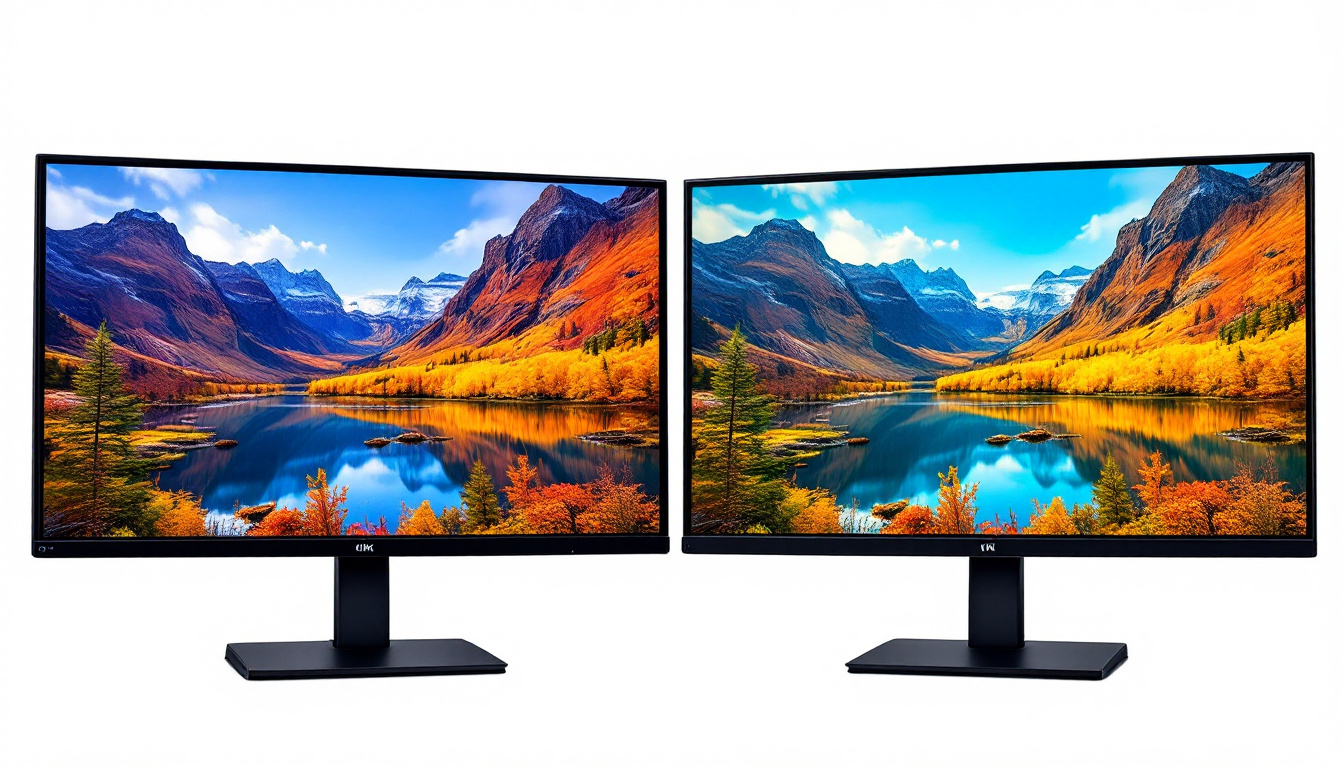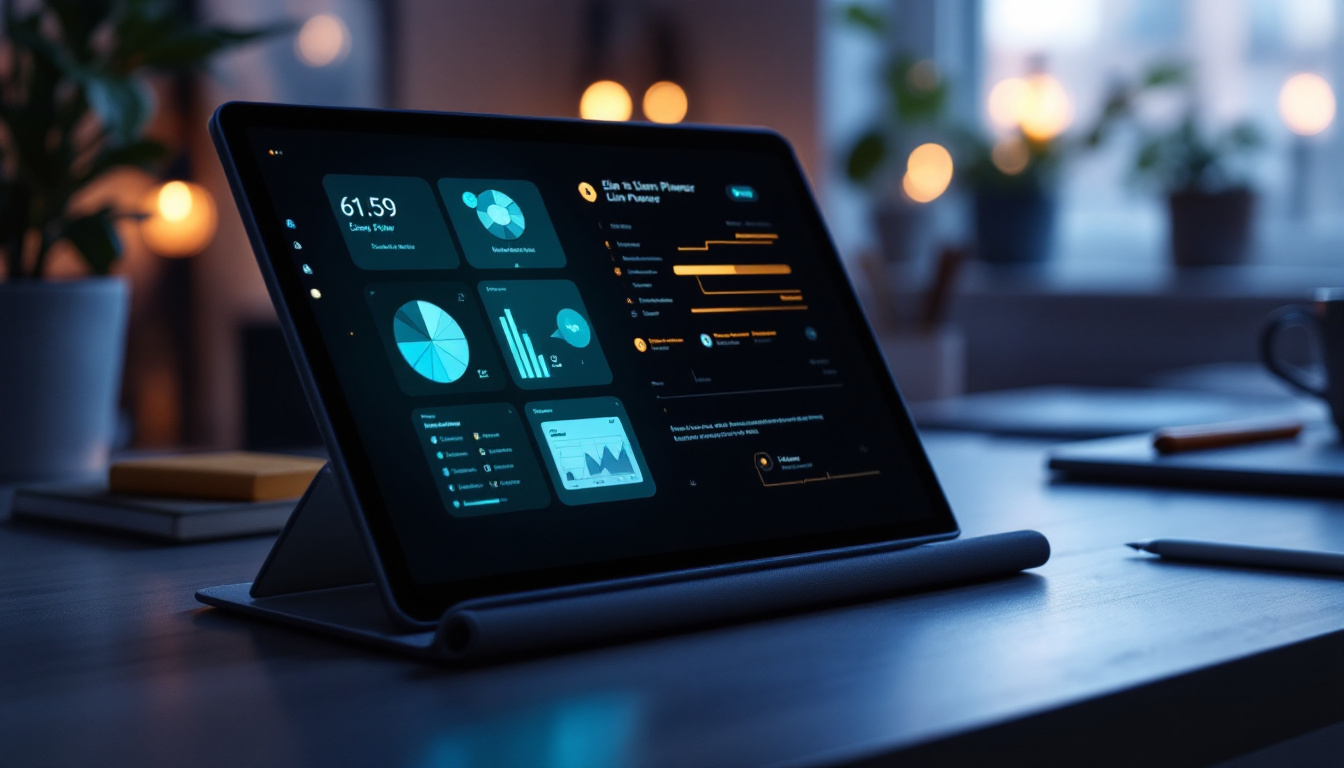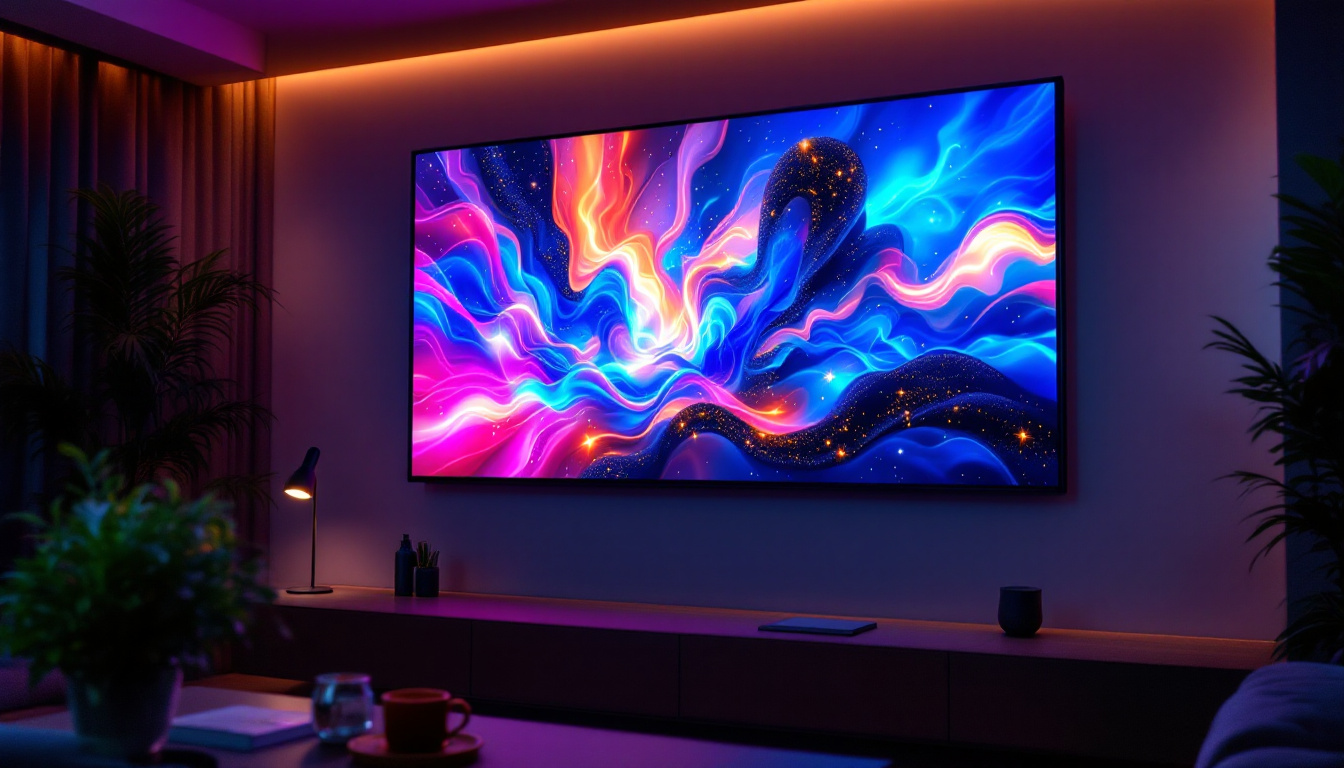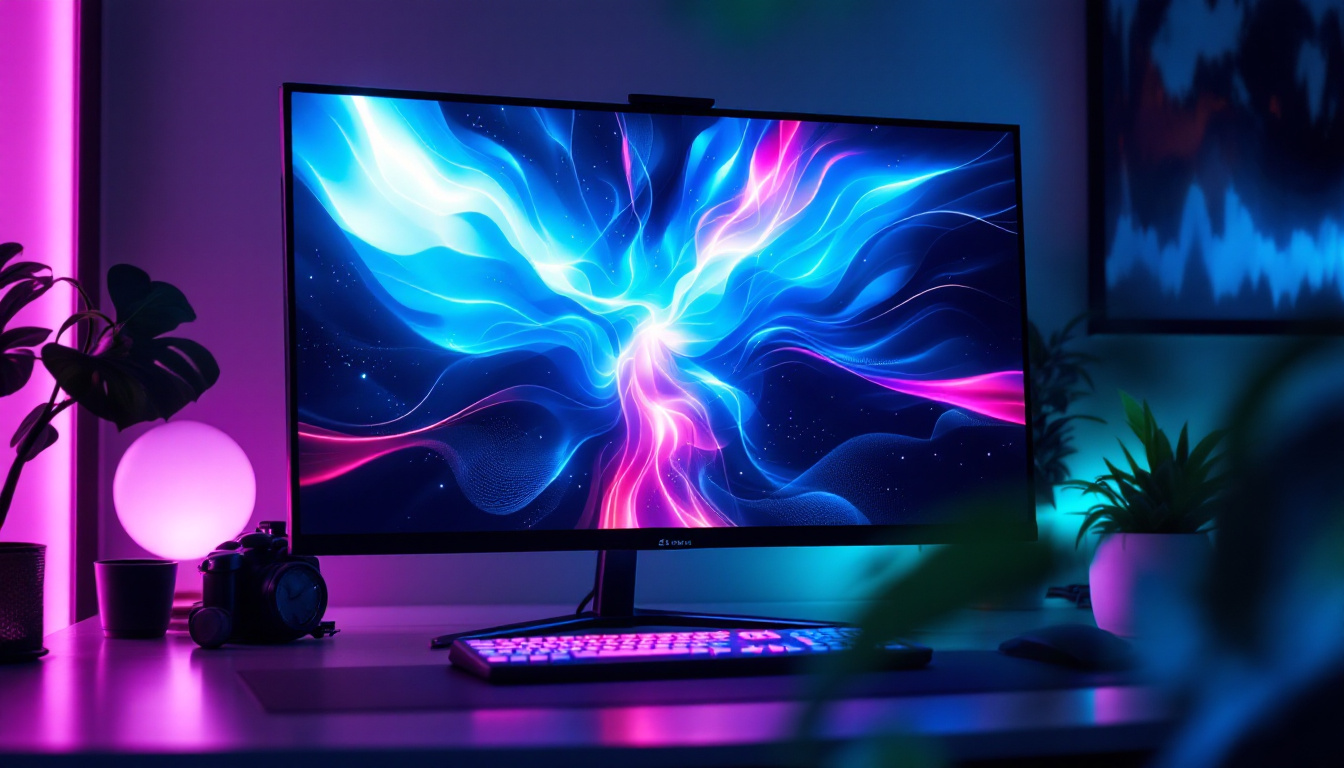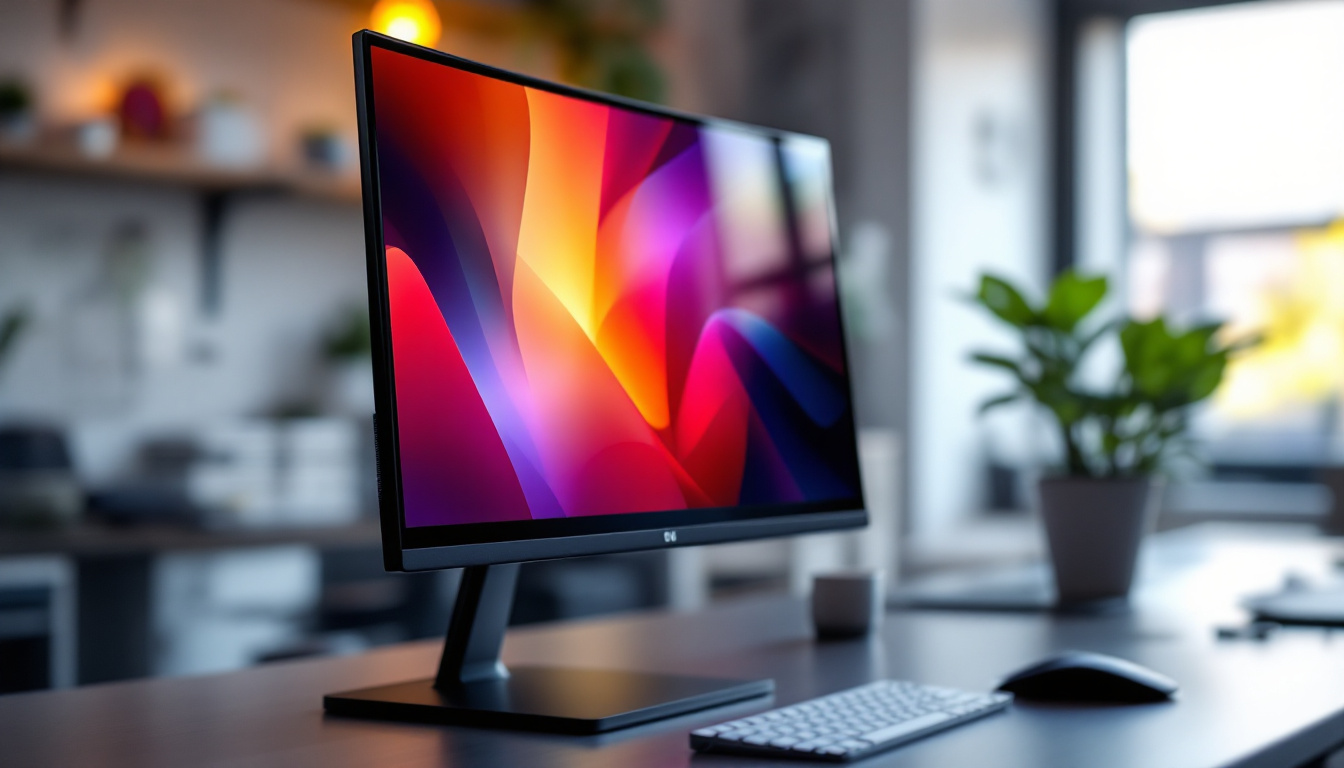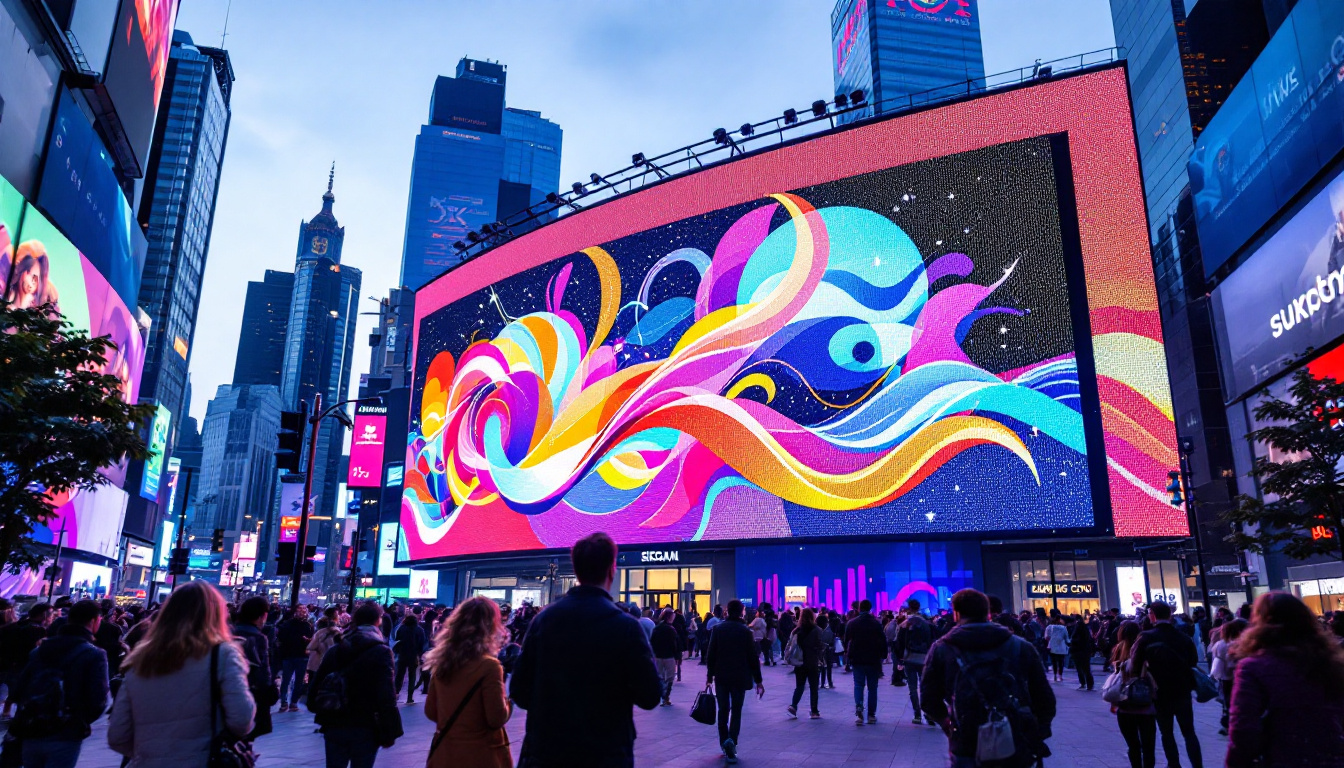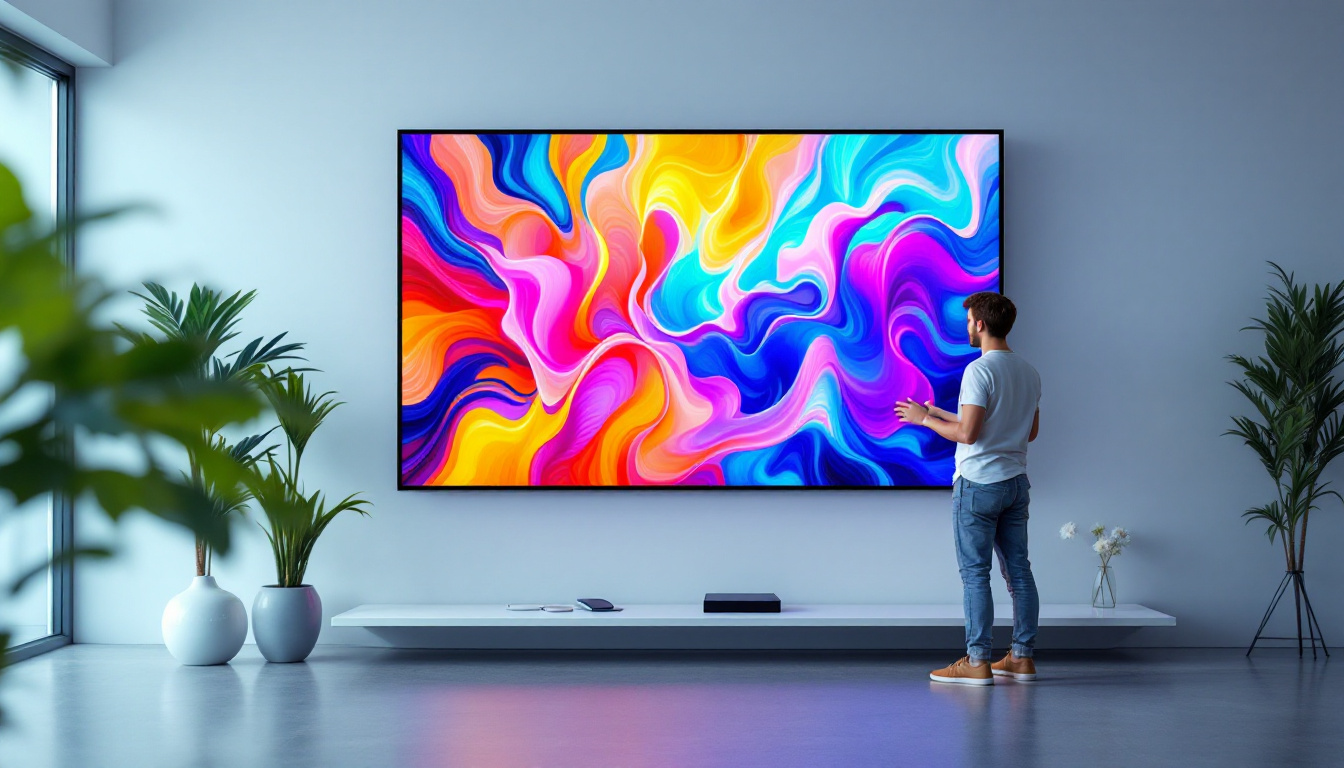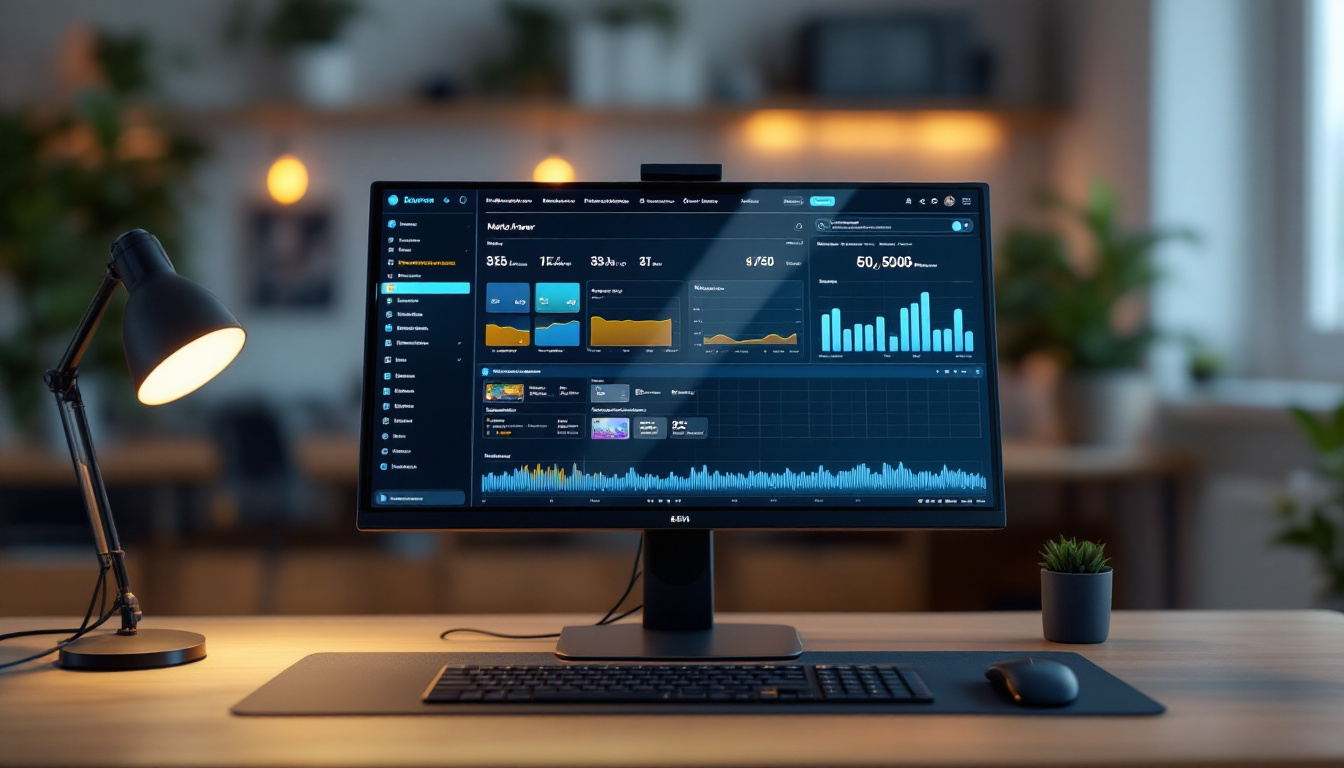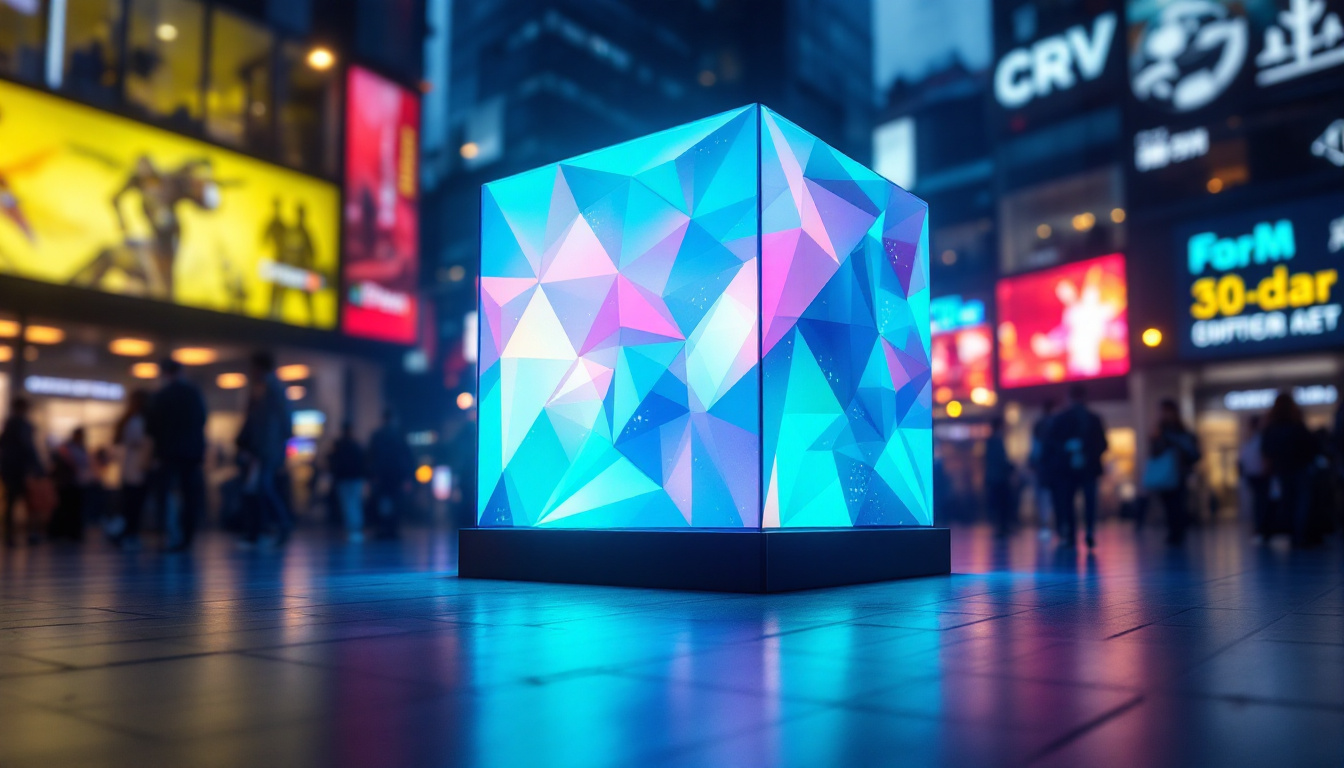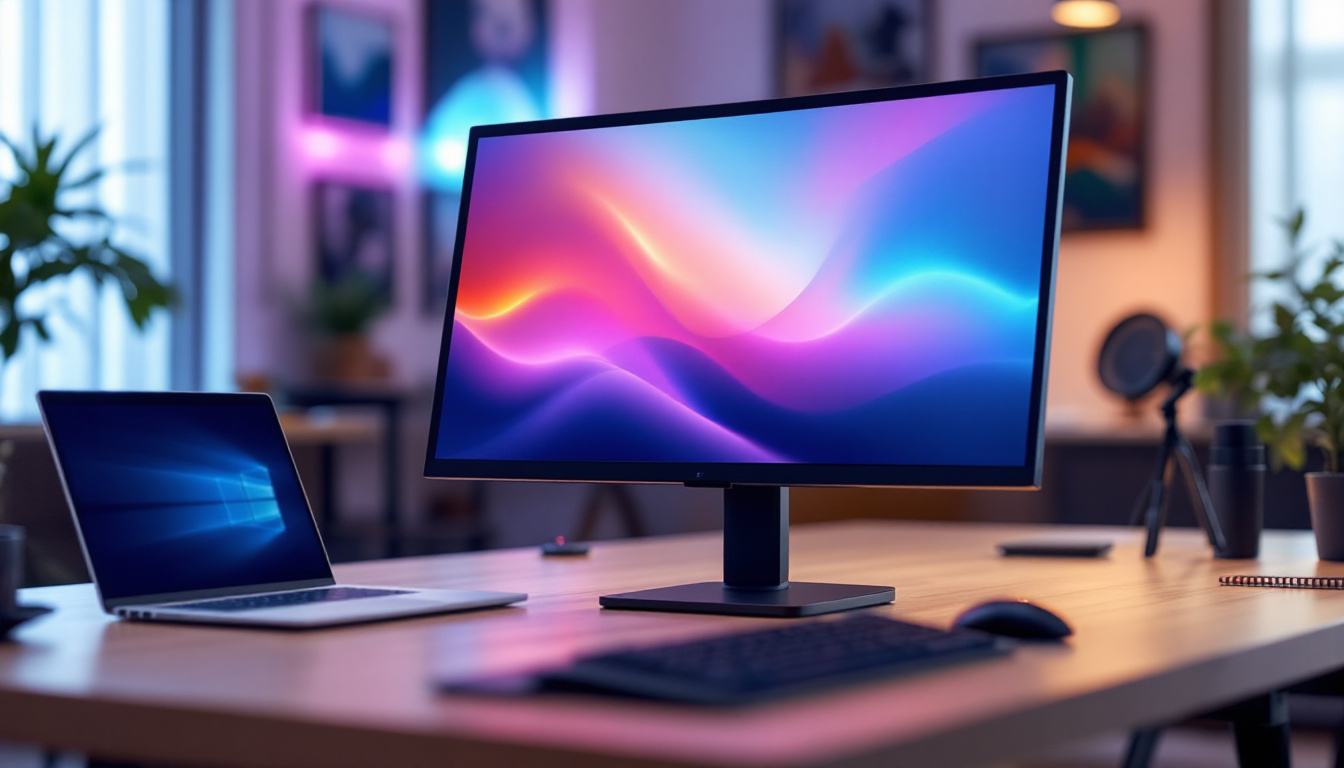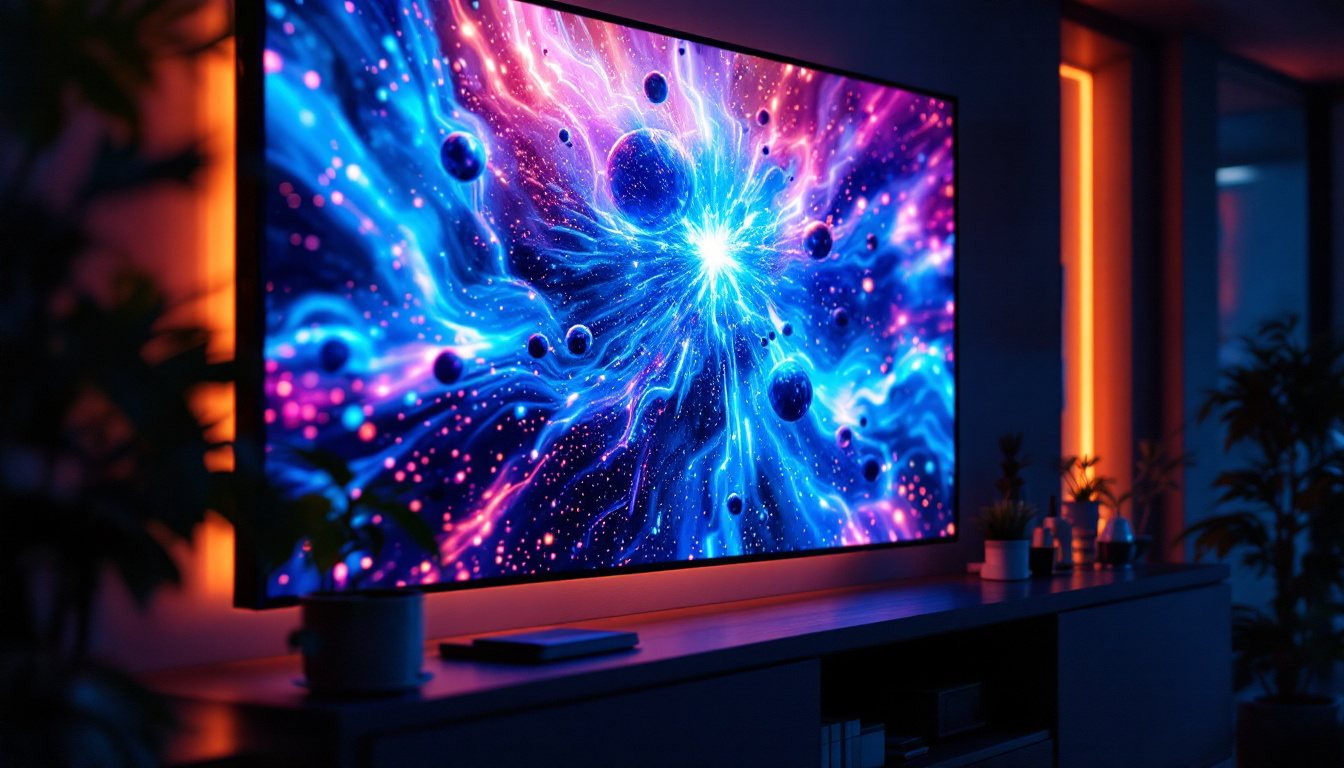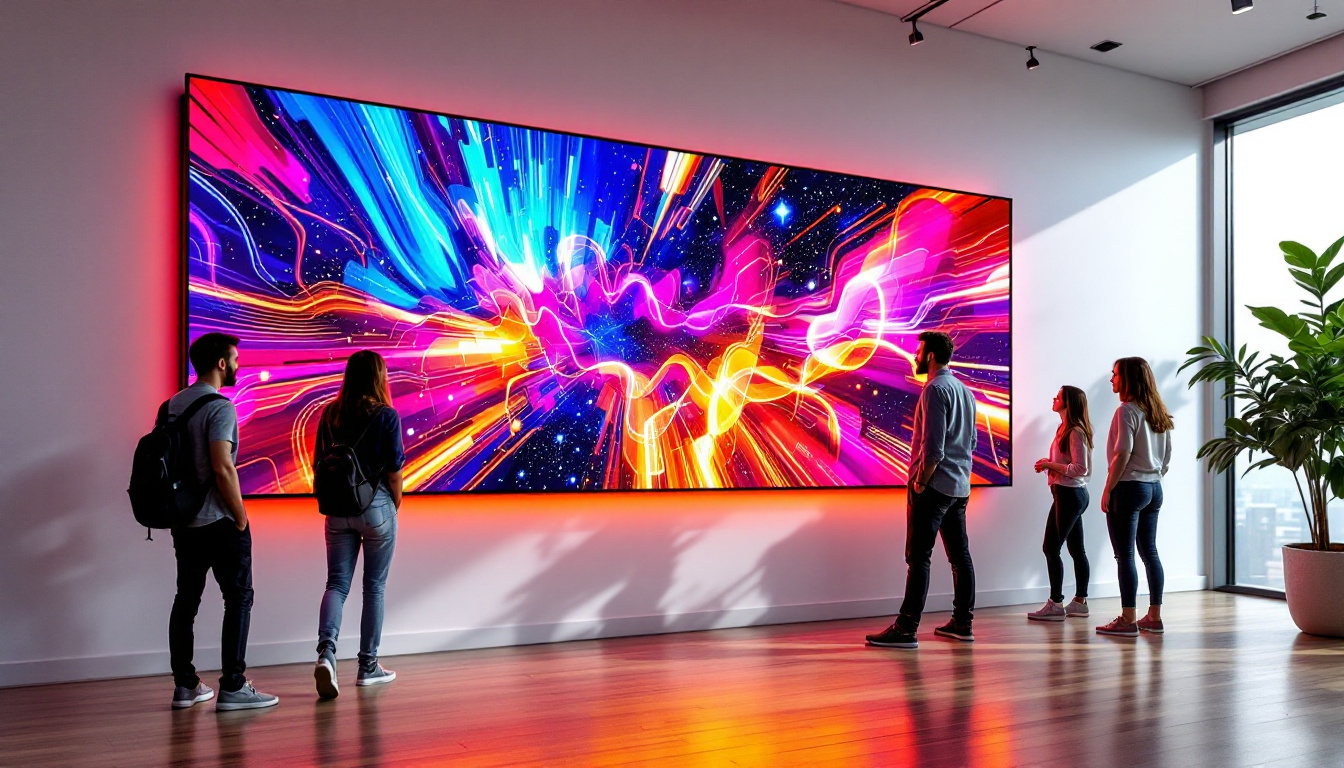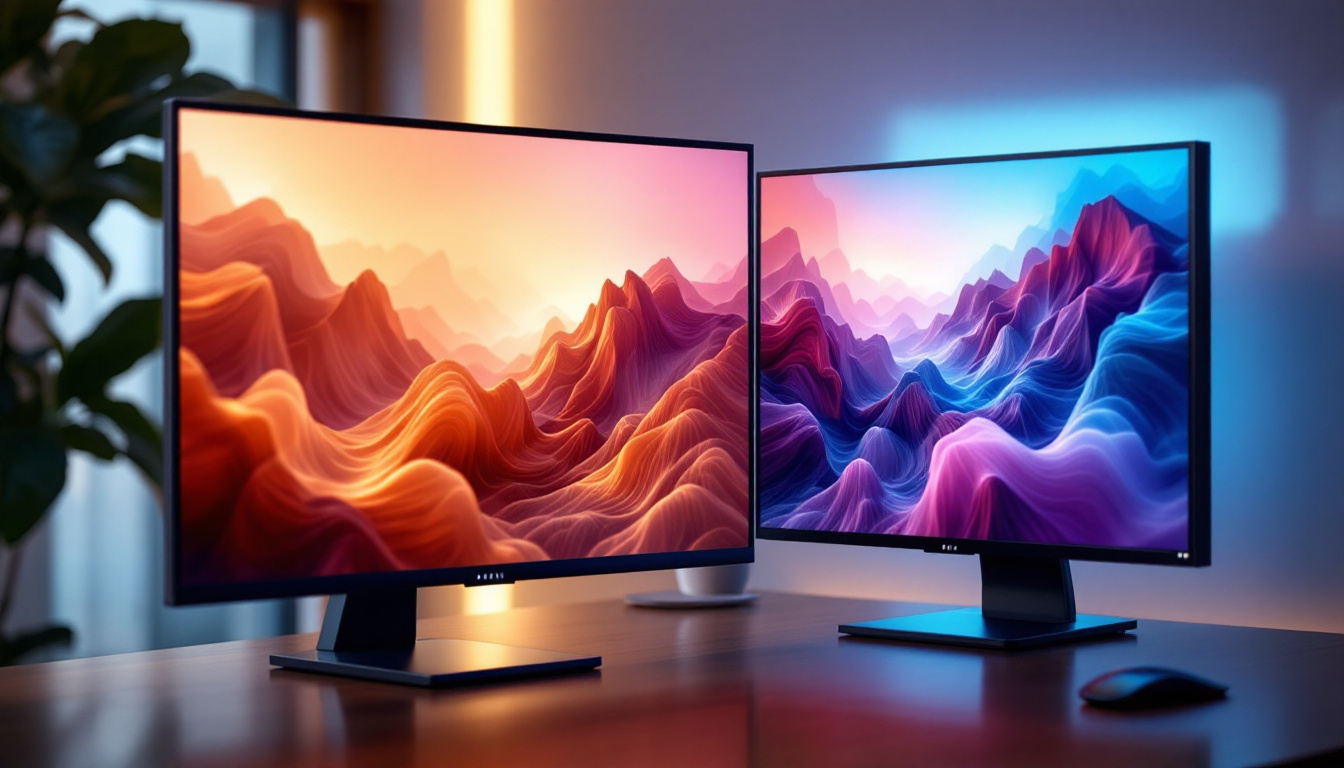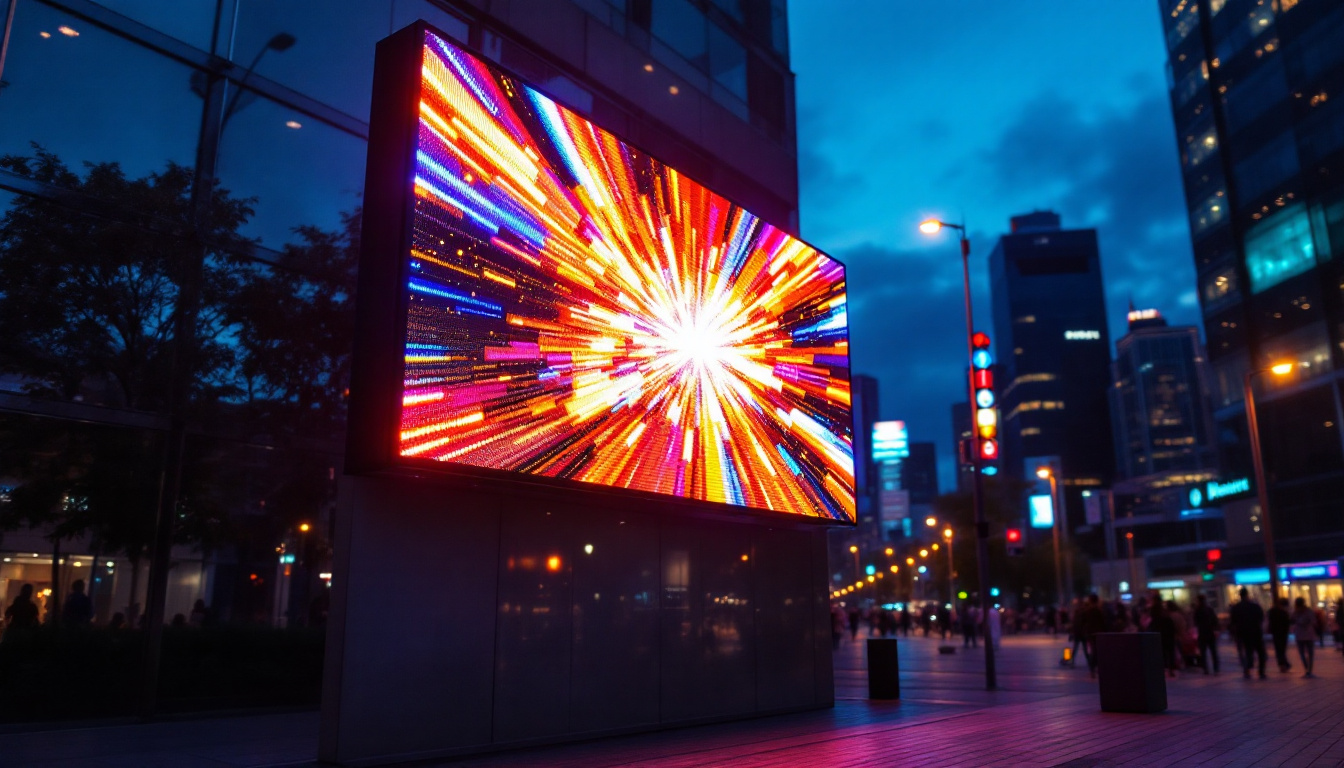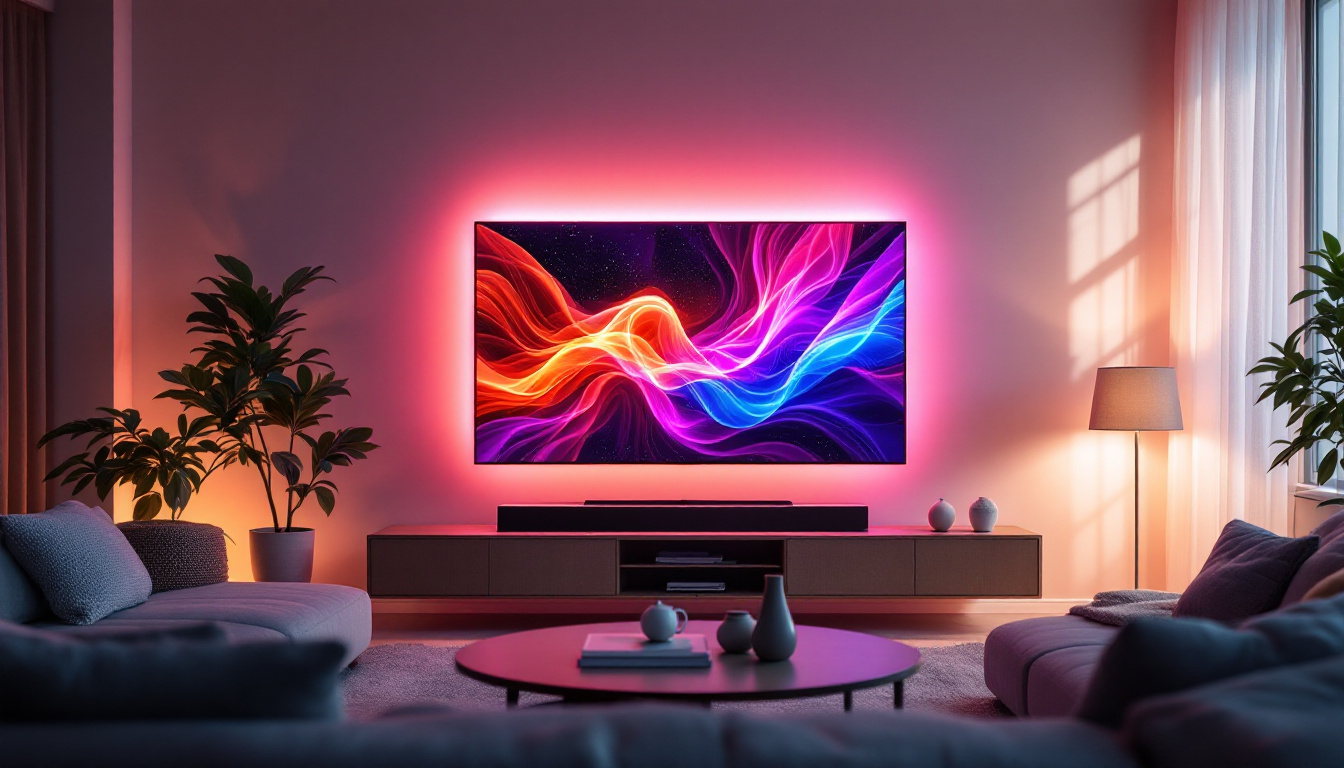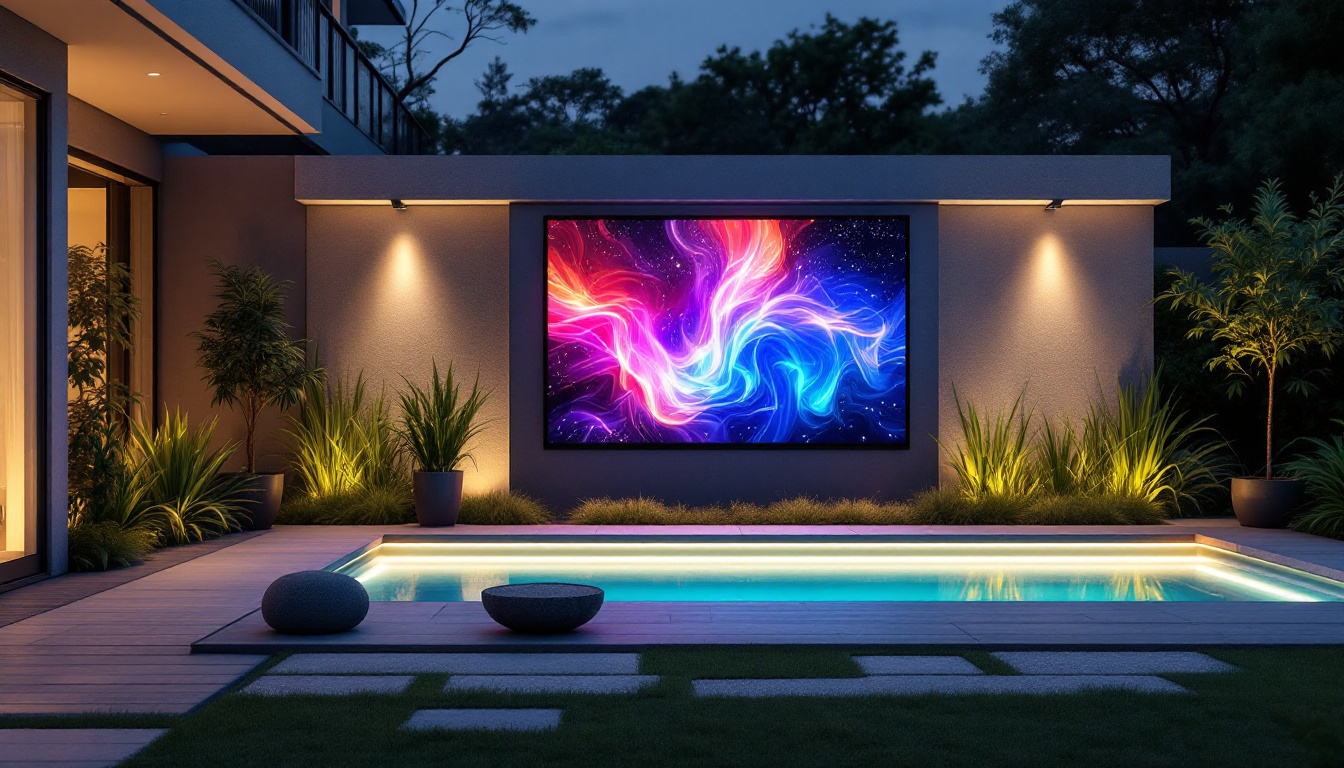In the realm of high-definition displays, the choice of connection interface can significantly impact performance and visual quality. Two of the most prominent standards in this space are DisplayPort 1.4 and DisplayPort 2.1. This article delves into the nuances of both versions, exploring their capabilities, differences, and implications for LED displays.
Understanding DisplayPort Technology
DisplayPort is a digital display interface developed by the Video Electronics Standards Association (VESA). It is designed to connect a video source to a display device such as a monitor or projector. Since its inception, DisplayPort has undergone several revisions, each improving upon the last in terms of bandwidth, resolution, and features.
The Evolution of DisplayPort
The journey of DisplayPort began with its first version in 2006, which aimed to replace older standards like VGA and DVI. Over the years, enhancements have been made to support higher resolutions and refresh rates, catering to the demands of gamers, graphic designers, and professionals in various fields. The initial introduction of DisplayPort was a significant step forward, as it allowed for a single cable to transmit both audio and video signals, simplifying the connection process and reducing cable clutter.
DisplayPort 1.4, released in 2016, introduced significant upgrades, including support for 8K resolution and High Dynamic Range (HDR). However, with the advent of DisplayPort 2.1 in 2022, the technology has taken a giant leap forward, offering even greater capabilities. This latest version not only supports higher resolutions but also enhances the overall user experience by allowing for multiple displays to be connected through a single port, making it an ideal choice for multi-monitor setups that are increasingly popular among gamers and professionals alike.
Key Features of DisplayPort 1.4
DisplayPort 1.4 supports a maximum bandwidth of 32.4 Gbps, allowing for resolutions up to 8K at 60Hz with HDR. It also includes features like Display Stream Compression (DSC), which enables higher resolutions and refresh rates without compromising image quality. This version is compatible with a wide range of devices, making it a popular choice for both consumers and professionals. Additionally, DisplayPort 1.4 supports Adaptive Sync technology, which helps eliminate screen tearing and stuttering, providing a smoother gaming experience. This feature is particularly beneficial for competitive gamers who require the highest level of performance and visual fidelity.
Moreover, the versatility of DisplayPort extends beyond just high-resolution displays. It supports daisy chaining, which allows multiple monitors to be connected in a series using a single DisplayPort output. This capability is especially advantageous in professional environments where extensive screen real estate is essential for tasks such as video editing, programming, or financial analysis. Furthermore, DisplayPort’s ability to carry audio signals alongside video makes it a convenient option for setups that require both visual and auditory output, eliminating the need for separate audio cables and contributing to a more streamlined workspace.
DisplayPort 2.1: A New Era
DisplayPort 2.1 marks a significant advancement in display technology, boasting a staggering maximum bandwidth of 80 Gbps. This increase allows for unprecedented resolutions and refresh rates, making it particularly appealing for high-end gaming and professional applications.
Enhanced Bandwidth and Resolution
With the ability to support up to 16K resolution at 60Hz or 8K at 120Hz, DisplayPort 2.1 is designed for the future of display technology. This means that users can enjoy incredibly detailed images and smooth motion, which is essential for immersive gaming and professional video editing. The clarity and vibrancy of visuals at these resolutions can transform the way content is consumed, whether it’s for gaming, graphic design, or cinematic experiences.
The increased bandwidth also allows for multiple displays to be connected through a single port, which is a game-changer for multi-monitor setups. This capability is especially beneficial for professionals who require extensive screen real estate for their work. Imagine a financial analyst monitoring multiple stock feeds or a video editor working on several timelines simultaneously; the ability to connect multiple high-resolution displays through a single cable streamlines workflows and enhances productivity.
Improved Features for Modern Displays
DisplayPort 2.1 introduces several new features aimed at enhancing user experience. For instance, it supports Adaptive Sync, which helps eliminate screen tearing and stuttering during gaming sessions. This feature, along with the increased bandwidth, ensures that gamers can enjoy a fluid and responsive experience. Furthermore, the technology supports HDR (High Dynamic Range), allowing for a wider range of colors and contrasts, which elevates the visual quality of games and movies alike.
Additionally, DisplayPort 2.1 is backward compatible with previous versions, making it easy for users to upgrade their systems without losing compatibility with older devices. This thoughtful design consideration means that users can invest in the latest technology while still utilizing their existing hardware, ensuring a smooth transition and protecting their investment. As more devices begin to support DisplayPort 2.1, the ecosystem will continue to evolve, paving the way for innovations in display technology that will redefine how we interact with digital content.
Comparing Performance: DisplayPort 1.4 vs. 2.1
When comparing DisplayPort 1.4 and DisplayPort 2.1, the differences in performance become apparent. The advancements in bandwidth and capabilities in DisplayPort 2.1 offer significant advantages for users looking for the best visual experience.
Resolution and Refresh Rate Capabilities
DisplayPort 1.4 supports 8K resolution at 60Hz, which is impressive but limited compared to what DisplayPort 2.1 can achieve. The latter can handle 16K at 60Hz and 8K at 120Hz, making it the superior choice for high-resolution displays. This is particularly important for future-proofing systems, as more 8K and even 16K content becomes available. Additionally, the increased bandwidth of DisplayPort 2.1 allows for better support of multiple displays, enabling users to set up expansive workstations or gaming rigs that can handle multiple high-resolution monitors simultaneously without compromising performance.
Use Cases and Applications
For gamers, the difference in refresh rates can be a deciding factor. DisplayPort 2.1’s ability to support higher refresh rates at high resolutions means smoother gameplay and a more immersive experience. This is particularly critical in competitive gaming, where every millisecond counts. The technology also supports variable refresh rates (VRR), which can eliminate screen tearing and stuttering, providing a seamless gaming experience that is highly sought after by esports athletes and enthusiasts alike.
For professionals in fields such as graphic design, video editing, and 3D modeling, the enhanced color accuracy and HDR support in both versions are crucial. However, DisplayPort 2.1’s superior bandwidth allows for more complex workflows, enabling users to work with higher resolution assets without lag. This is especially beneficial for video editors who require real-time playback of high-resolution footage and for graphic designers who need to manipulate intricate designs with precision. Moreover, the ability to handle higher color depths and wider color gamuts means that professionals can achieve more vibrant and true-to-life visuals, enhancing the quality of their work significantly.
Furthermore, as industries continue to evolve towards more immersive experiences, such as virtual reality (VR) and augmented reality (AR), the capabilities of DisplayPort 2.1 will likely become essential. With its ability to support higher frame rates and resolutions, it opens the door for more realistic and engaging environments, which are crucial for applications in training simulations, gaming, and interactive media. As content creators and developers push the boundaries of what is possible, having the right technology in place will be paramount to delivering cutting-edge experiences.
Compatibility and Connectivity
As technology evolves, compatibility remains a key concern for users. Understanding how DisplayPort 1.4 and 2.1 interact with existing devices is essential for making informed decisions.
Backward Compatibility
One of the standout features of DisplayPort 2.1 is its backward compatibility with previous versions. This means that users can connect their DisplayPort 1.4 devices to a DisplayPort 2.1 port without any issues, ensuring a smooth transition for those looking to upgrade their systems.
However, it’s important to note that while the connection will work, the performance will be limited to the capabilities of the older version. This is a crucial consideration for users who may not yet have upgraded their displays.
Cable Considerations
When upgrading to DisplayPort 2.1, users must also consider the cables. DisplayPort 2.1 requires certified cables to achieve its maximum bandwidth. While older cables may work, they may not support the higher resolutions and refresh rates that DisplayPort 2.1 offers.
Investing in high-quality, certified cables is essential for maximizing the benefits of this new standard. This ensures that users can fully leverage the capabilities of their displays without encountering bandwidth limitations.
Future-Proofing Your Setup
As technology continues to advance, future-proofing becomes an essential consideration for consumers and professionals alike. Choosing the right display interface can significantly impact the longevity and performance of a setup.
Why Choose DisplayPort 2.1?
For those looking to invest in a new display or upgrade their existing setup, DisplayPort 2.1 offers a compelling case. Its superior bandwidth, support for higher resolutions, and enhanced features make it an ideal choice for future-proofing.
As more content becomes available in 8K and beyond, having a connection that can handle these advancements will ensure that users can enjoy the best possible experience without needing to upgrade their hardware again in the near future.
Considerations for Current Users
Current users of DisplayPort 1.4 may wonder if they should upgrade immediately. While DisplayPort 1.4 still offers excellent performance for most applications, those heavily involved in gaming, video editing, or graphic design may benefit more from the advancements in DisplayPort 2.1.
Ultimately, the decision to upgrade will depend on individual needs and the types of applications being used. For users who demand the highest performance and are looking to future-proof their systems, DisplayPort 2.1 is the way to go.
Conclusion
In the battle of DisplayPort 1.4 vs. 2.1, it is clear that DisplayPort 2.1 emerges as the superior choice for those seeking the best in display technology. With its increased bandwidth, support for higher resolutions and refresh rates, and enhanced features, it is designed to meet the demands of modern users.
However, DisplayPort 1.4 still holds its ground as a reliable option for many applications. Users should consider their specific needs, current hardware, and future plans when deciding which version to adopt. As technology continues to evolve, staying informed about these advancements will ensure that users can make the best choices for their display setups.
Explore Cutting-Edge DisplayPort Technology with LumenMatrix
Ready to experience the ultimate visual performance? LumenMatrix is at the forefront of LED display innovation, offering a wide array of solutions that leverage the latest DisplayPort technology. Whether you’re looking for an Indoor LED Wall Display, a dynamic Outdoor LED Wall Display, or specialized options like Vehicle LED Displays and LED Sports Displays, LumenMatrix has the state-of-the-art modules to elevate your visual communication. Embrace the future of display technology and check out LumenMatrix LED Display Solutions today to transform your space with vibrant, high-impact visuals.

